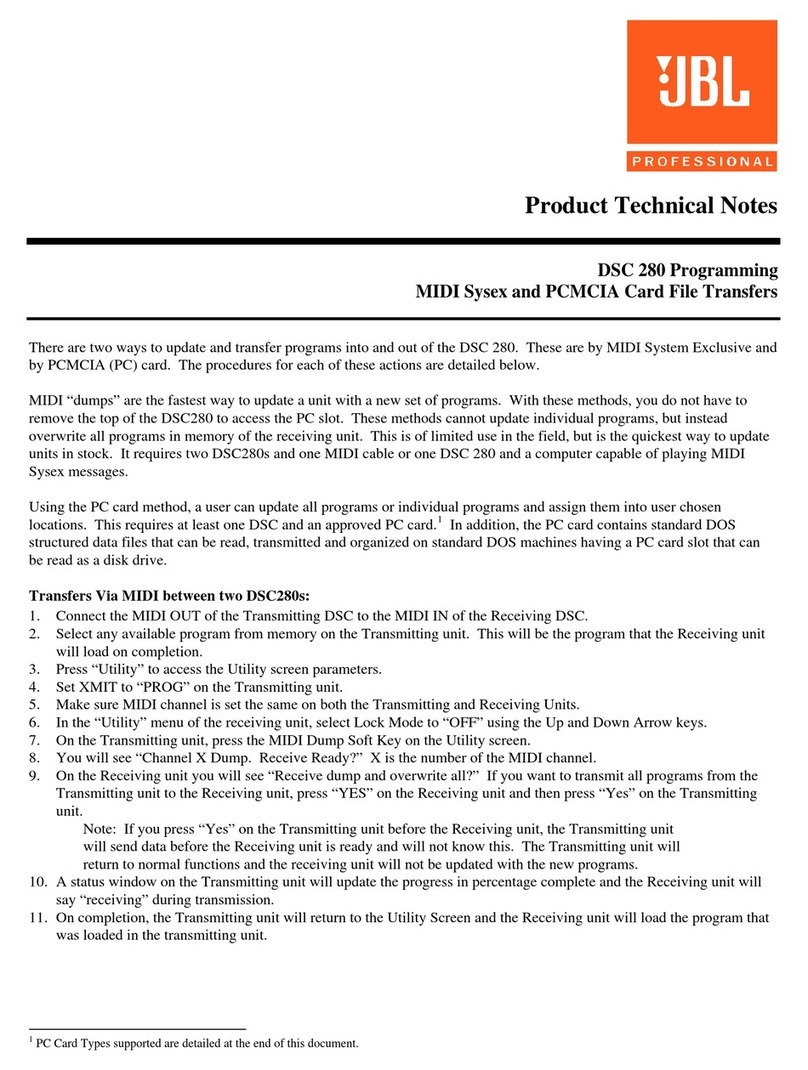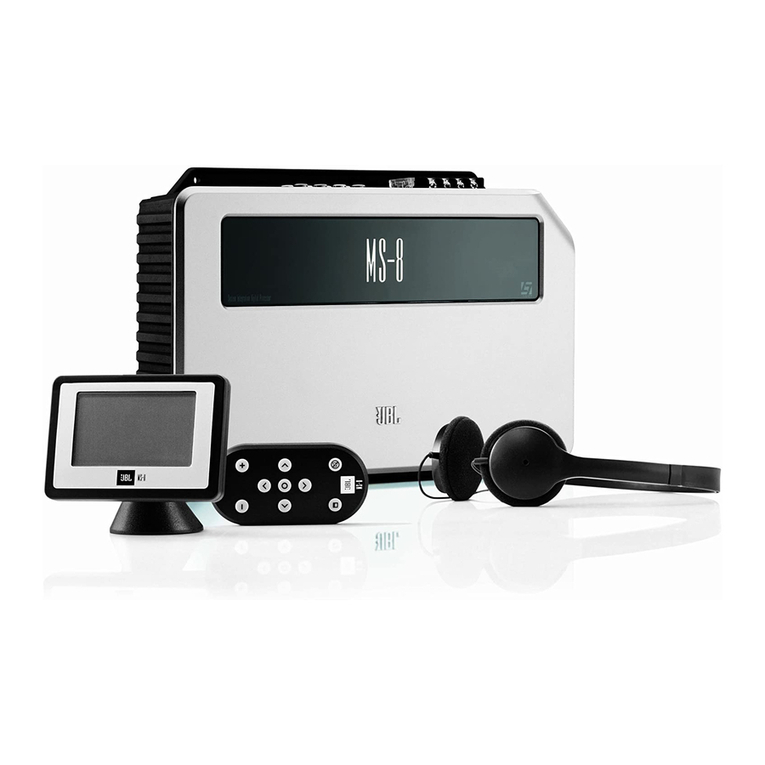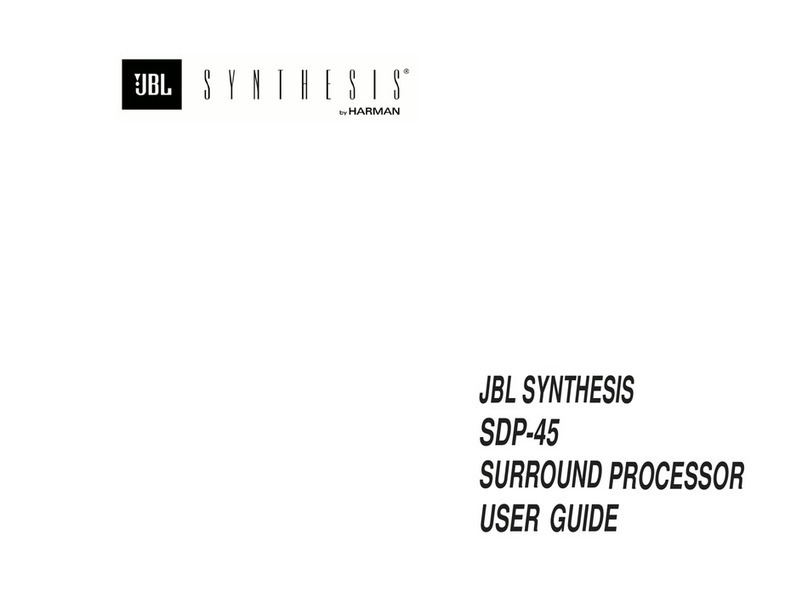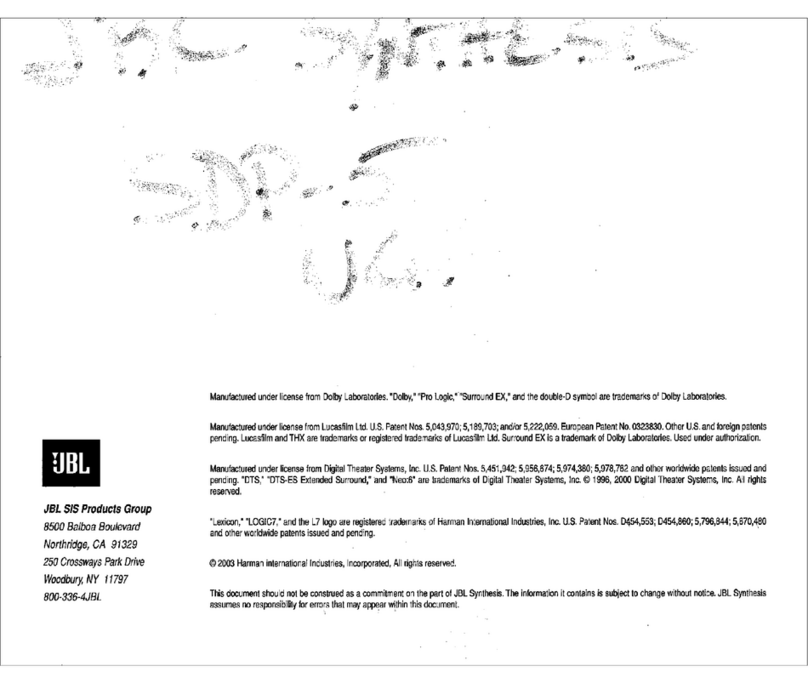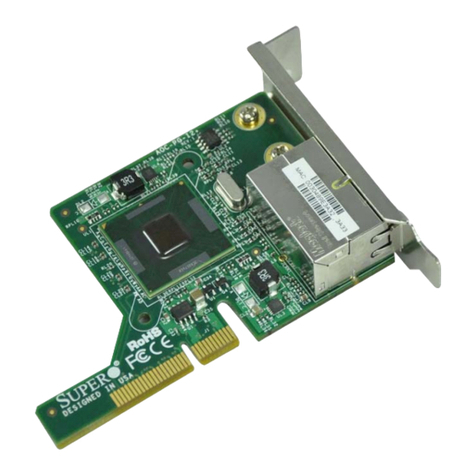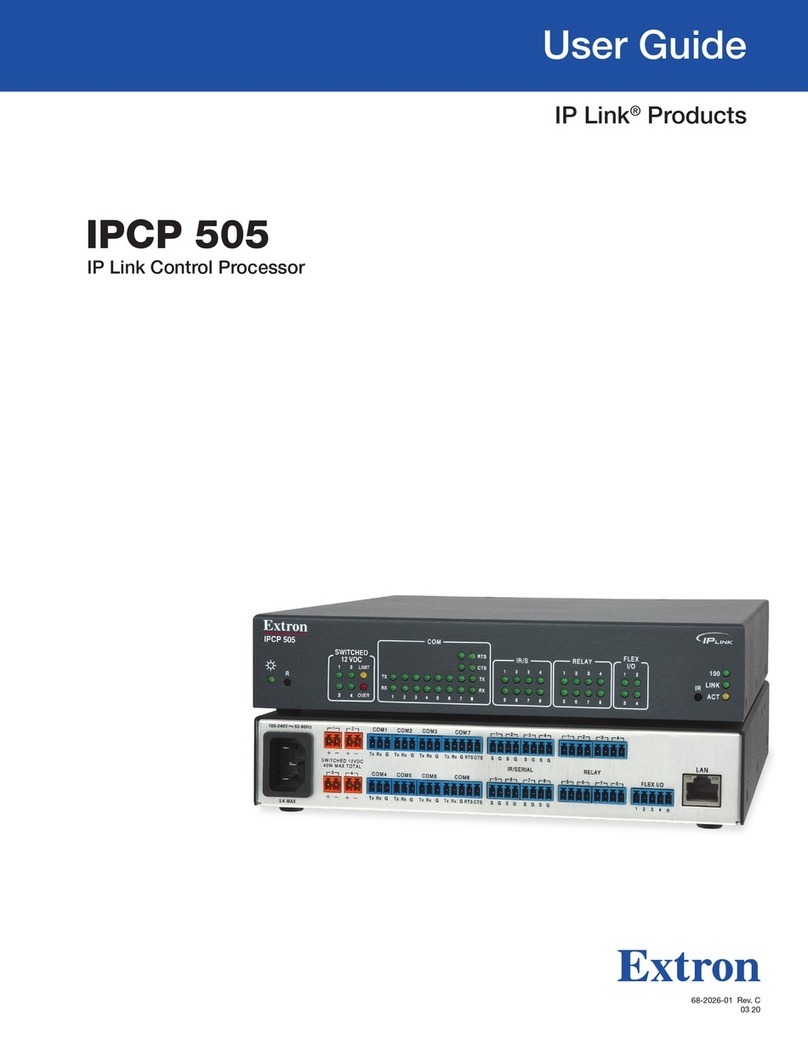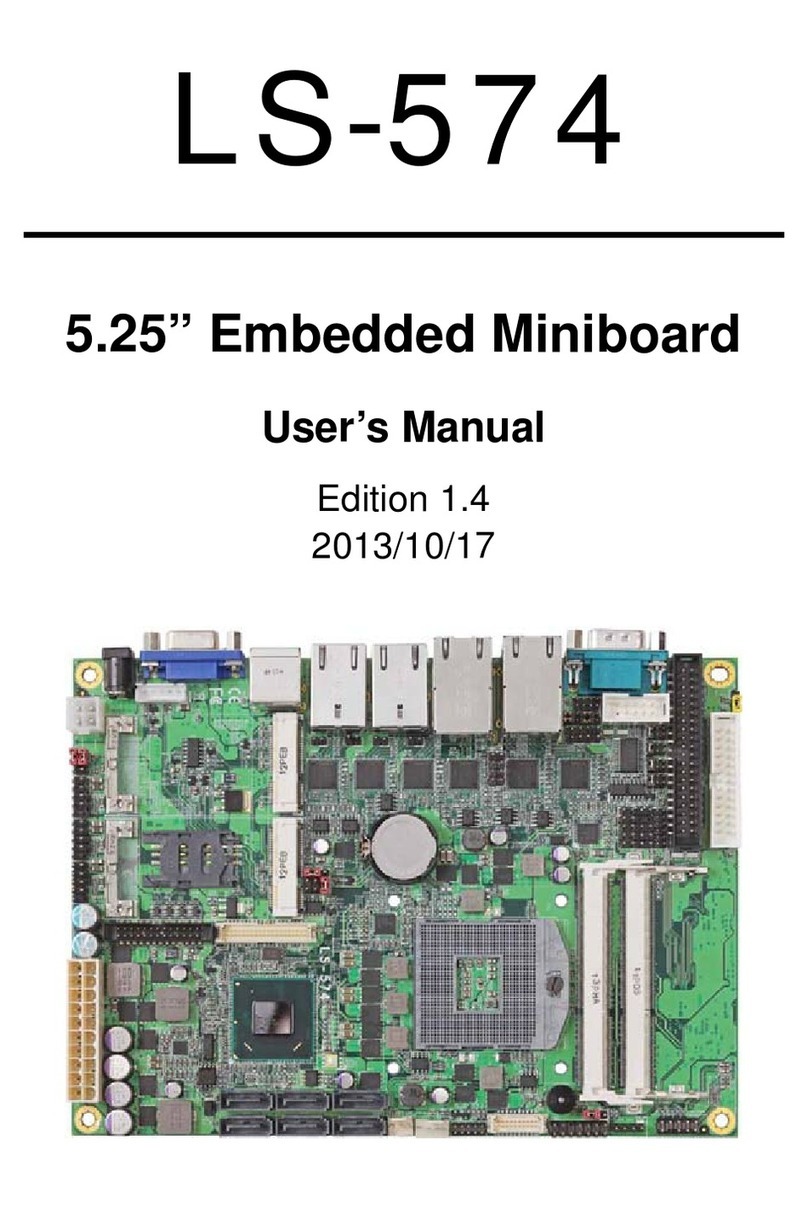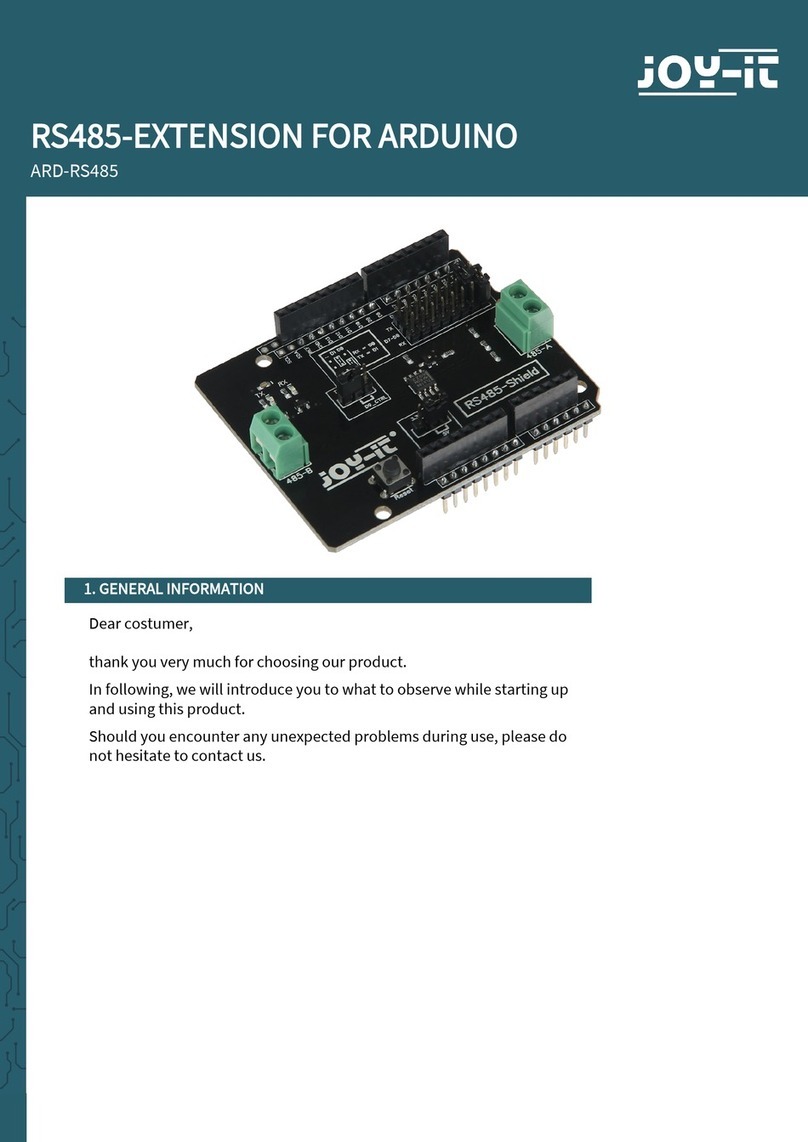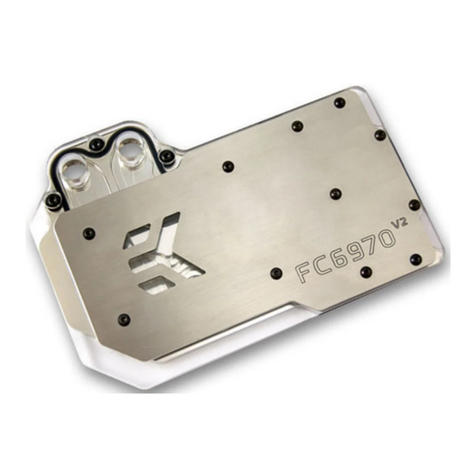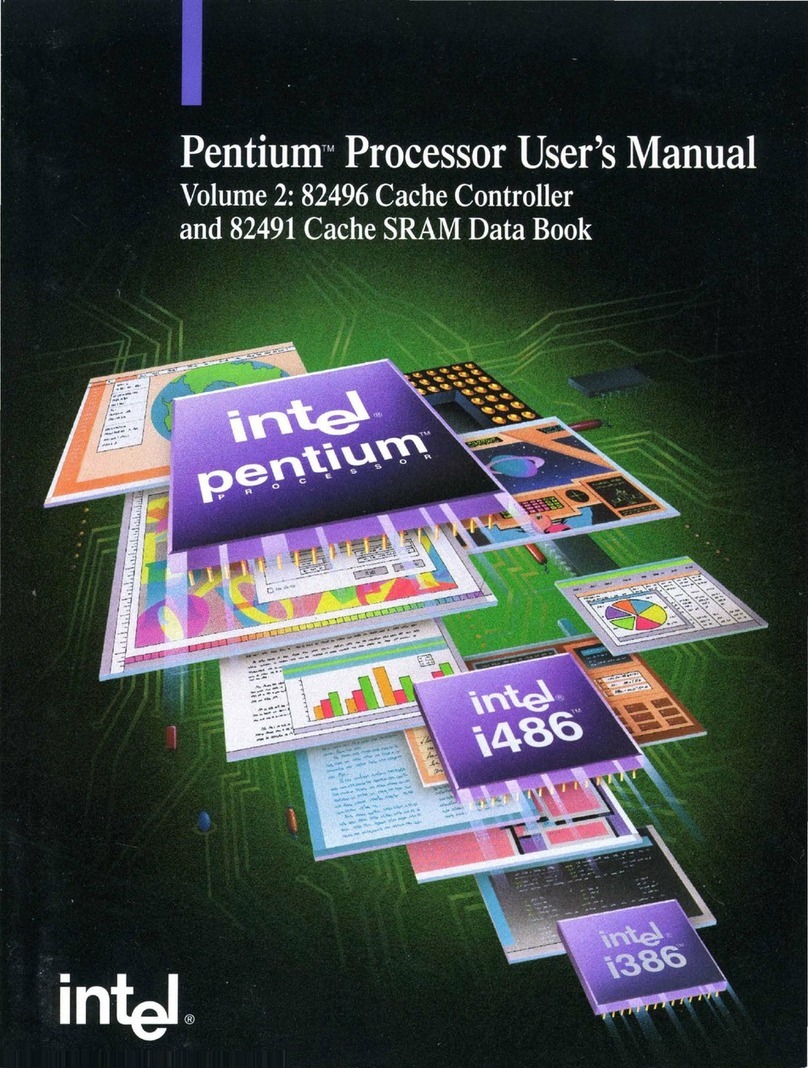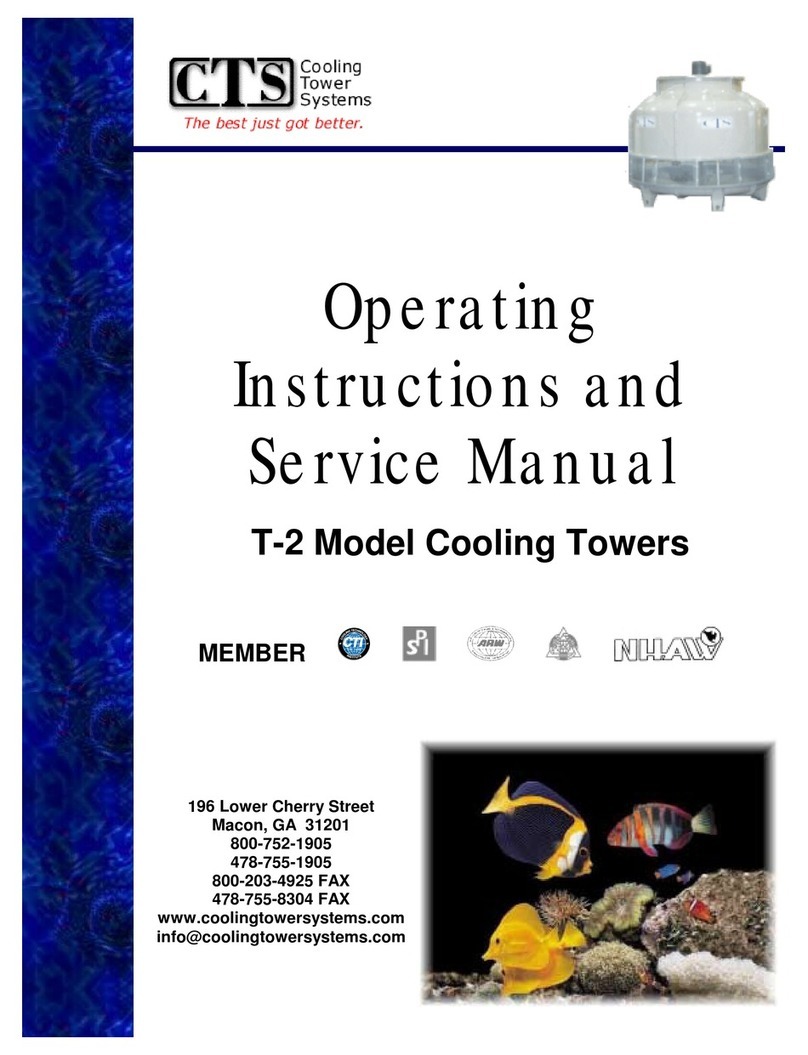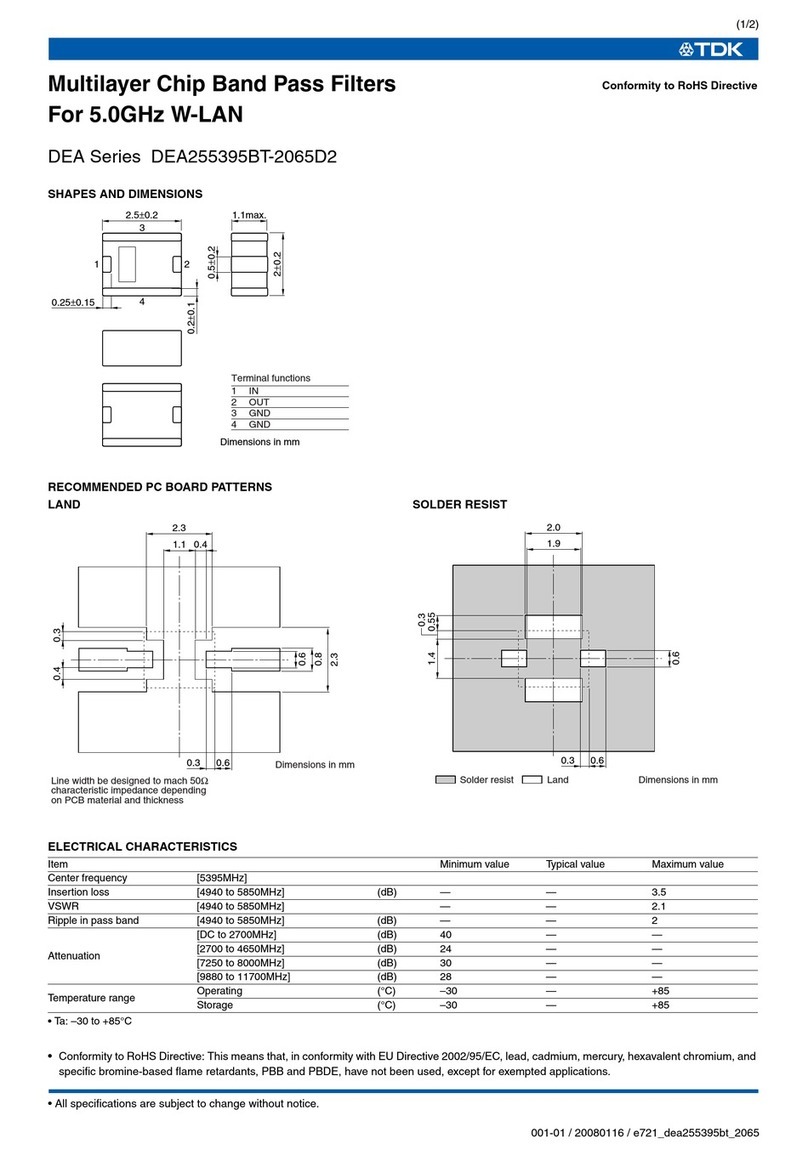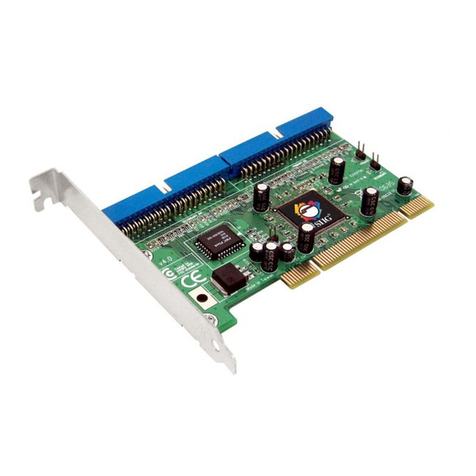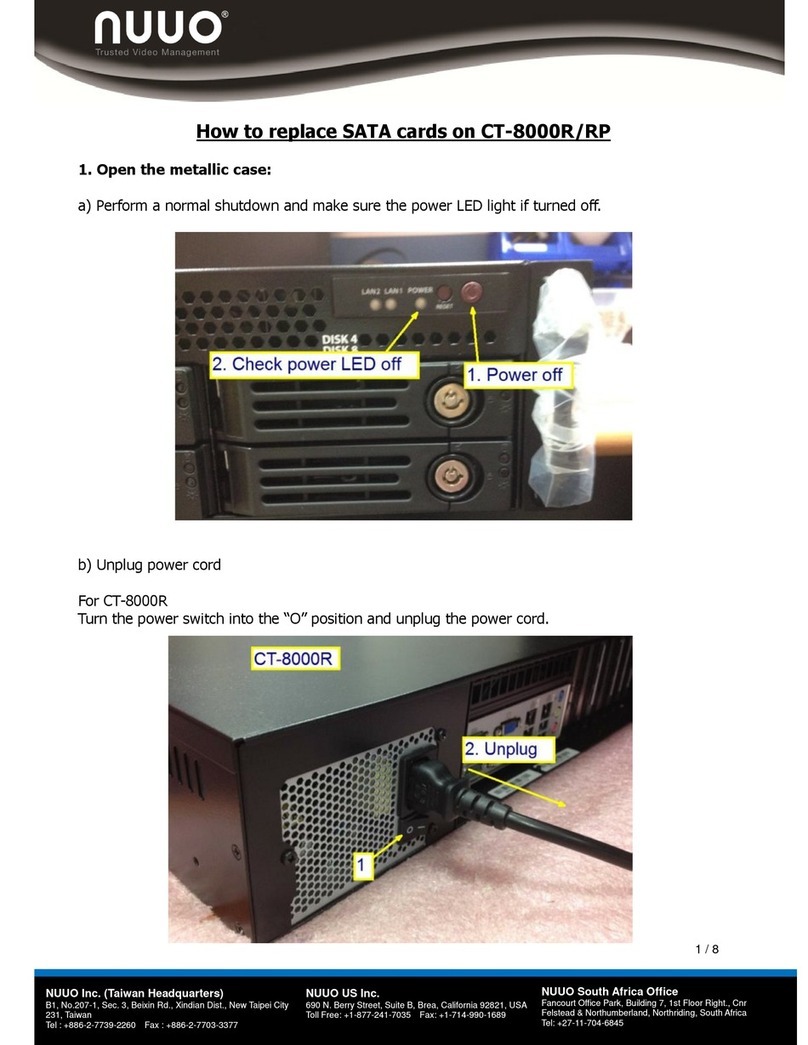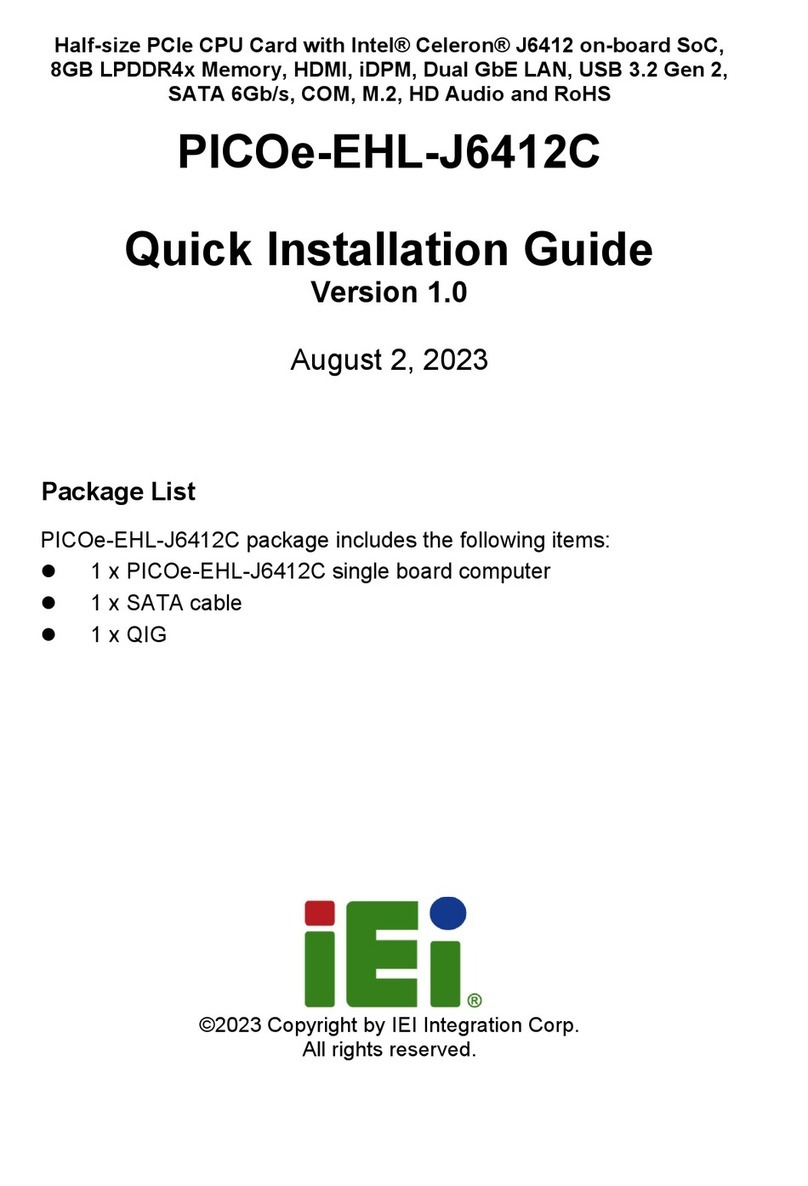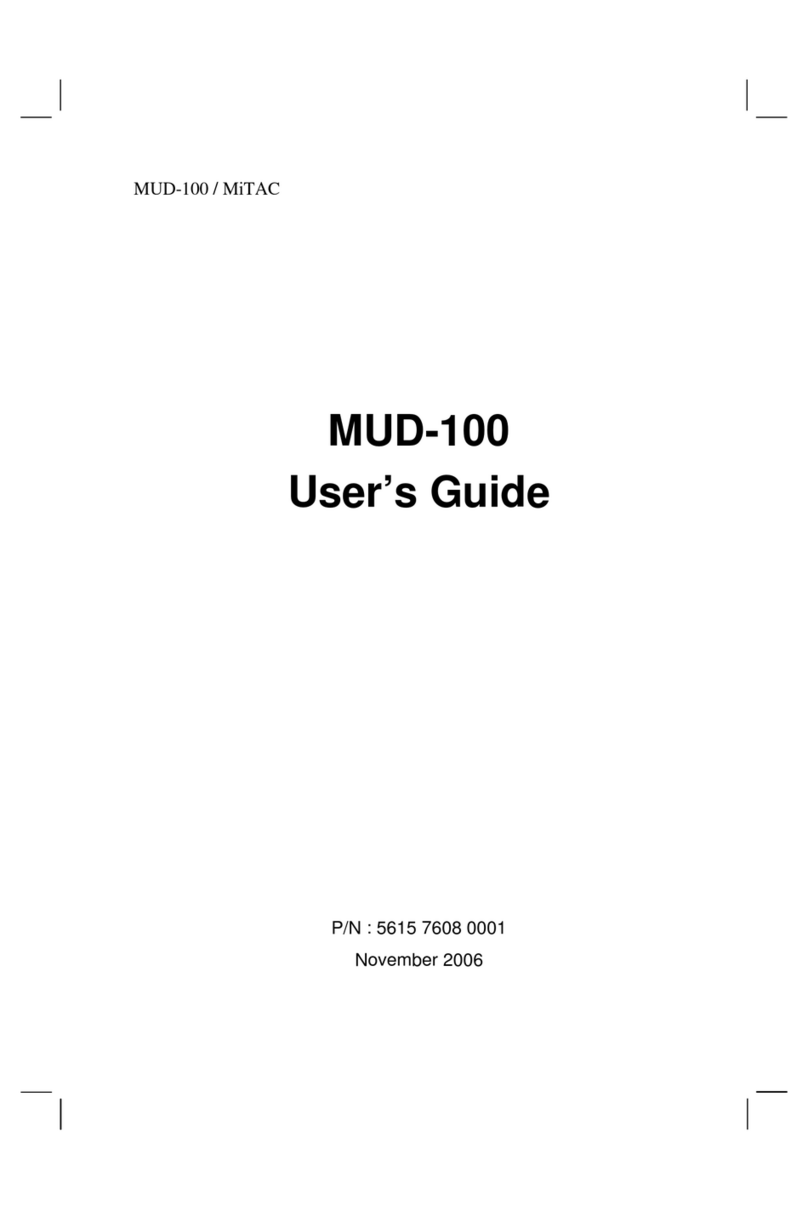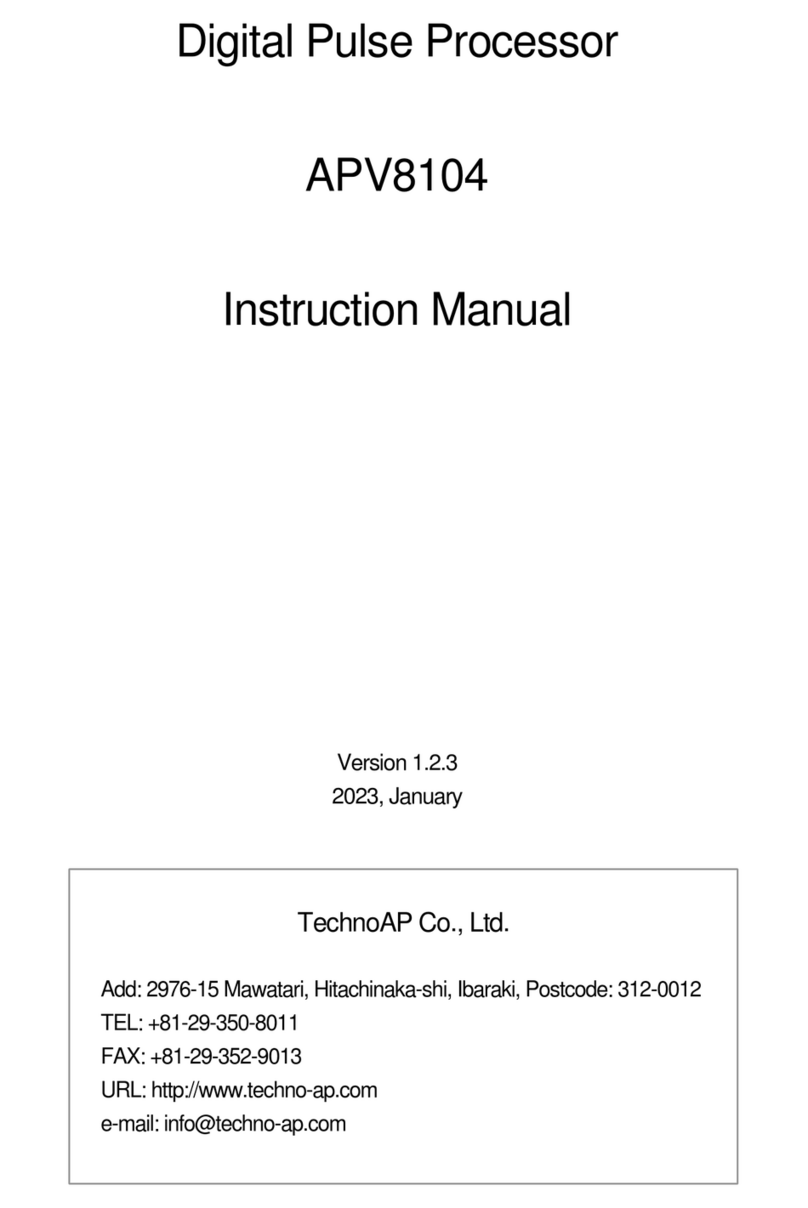JBL SP MKII User manual

Delay
Bypass
Master
Volume
Ambience
Center On Mute
Center
Boost Hi Freq
EQ
Rock Pop Jazz Hall 1 Hall 2
S-VID-1
VDP
S-VID-2
CD
VCR
Aux
Sib
Fil
Ref.
+
35 mm
Movie THX
Power
-
SYNTHESIS
Center
70 mm
Movie Mono
Enhance
Sound
Stage
Press AMBIENCE
UP to add more
volume to Ambient
Speakers. Press
AMBIENT DOWN to
have less. Press
REF to return to
pre-set levels
Press SOUND
STAGE to increase
Stereo Separation.
Press DOWN to
decrease Separation.
PressCENTERto
returntopre-set
levels
Press DELAY UP to
increase Ambient
Spaciousness.
Press DELAY
DOWN to decrease
Press BYPASS to
turn off Center and
Ambient Speakers
Cinema Surround
MODES: 70mm,
35mm, THX, Dolby
Press SIBILANCE
if dialogue is too
loud from Ambient
Speakers
PressCENTER ON
toturn onCenter
Speaker.Press
CENTERBOOST to
increasevolume
fromCenter Speaker
Press MUTE to cut
off sound
Press HI FREQ EQ
if sound appears
too bright
Music Surround
MODES
Press MONO
ENHANCE to add
simulated stereo to
Monaural Sources
JBL SP MK II
Surround Processor
User's Manual
Quick-Start
ADVANCED
OPERATIONS
JBL Consumer Products,
Incorporated
240 Crossways Park West
Woodbury, NY 11797
8500 Balboa Boulevard
Northridge, CA 91329
800-645-7484
A Harman International Company
Part #: OMSPMKII M8/93

SYNTHESIS
SURROUND
PROCESSOR
Model SP MK II
THX®Controller—
A/V Surround Processor
USER'S
MANUAL
SYNTHESIS
®

TABLE OF CONTENTS
FOR PEOPLE WHO DON’T READ INSTRUCTION MANUALS ............................................................. 1
A STEP BY STEP “QUICK GUIDE” ....................................................................................................... 2
MOTION PICTURE SOUND: A BRIEF HISTORY ................................................................................... 3
THE GOAL OF LUCASFILM HOME THX®CINEMA .............................................................................. 4
PLANNING AND INSTALLATION GUIDE ............................................................................................. 5
SP MK II OVERVIEW ................................................................................................................ 6
SP MK II OPERATING PARAMETERS ...................................................................................... 7
LUCASFILM HOME THX CINEMA ........................................................................................... 9
PLANNING YOUR HOME SURROUND AUDIO SYSTEM ................................................................... 11
ELECTRONICS PLACEMENT & VIDEO REQUIREMENTS ..................................................... 12
MAIN SPEAKER PLACEMENT ............................................................................................... 13
SUBWOOFER PLACEMENT .................................................................................................. 14
SURROUND SPEAKER PLACEMENT .................................................................................... 15
INSTALLING YOUR SP MK II .............................................................................................................. 16
SP MK II FRONT PANEL DISPLAY ......................................................................................... 17
SETUP & CALIBRATION ..................................................................................................................... 18
SP MK II USER FEATURES ................................................................................................................. 22
FINE TUNING YOUR AUDIO SYSTEM ................................................................................................ 24
SUGGESTED DEMONSTRATION TITLES (MOVIES AND STEREO RECORDINGS) .......................... 33
TROUBLESHOOTING ......................................................................................................................... 34
SERVICE AND LIMITED WARRANTY ................................................................................................. 35
SP MK II SPECIFICATIONS ................................................................................................................. 36
TRADEMARK AND LICENSING INFORMATION ................................................................................ 36
The lighting flash with arrowhead
symbol, within an equilateral trian-
gle, is intended to alert the user to
the presence of uninsulated ”dan-
gerous voltage” within the product's
enclosure that may be of sufficient magnitude to
constitute a risk of electric shock to persons.
The exclamation point within an
equilateral triangle is intended to
alert the user to the presence of
important operating and mainte-
nance (servicing) instructions in
the literature accompanying the unit..
CAUTION
RISK OF ELECTRIC SHOCK
DO NOT OPEN
CAUTION: TO REDUCE THE RISK OF ELECTRIC SHOCK, DO NOT REMOVE COVER (OR BACK). NO
USER-SERVICEABLE PARTS INSIDE. REFER SERVICING TO QUALIFIED SERVICE PERSONAL.
WARNING: TO REDUCE THE RISK OF FIRE OR ELECTRIC SHOCK, DO NOT EXPOSE THIS UNIT
TO RAIN OR MOISTURE.
This digital apparatus does not exceed the Class B limits for radio noise
emissions form digital apparatus as set out in the Radio Interference
Regulations of the Canadian Department of Communications. Le présent
appareil numérique n'émet pas de Bruits Radioélectriques Déspassant les
limites applicable aux appareiles numériques de Classe B prescites dans le
règlement sur le brouillage radioélectrique édictépar le ministère des
Communications du Canada.
CAUTION: TO PREVENT ELECTRIC
SHOCK, DO NOT USE THIS (POLAR-
IZED) PLUG WITH AN EXTENSION
CORD RECEPTACLE OR OTHER
OUTLET UNLESS THE BLADES CAN
BE FULLY INSERTED TO PREVENT
BLADE EXPOSURE.
ATTENTION: POUR PREVENIR LES
CHOCS ELECTRIQUES NE PAS
UTILISER AVEC UN PROLONGA-
TEUR. UNE PRISE DE COURANT
OUUNE AUTRE SORTIE DE
COURANT SAUF SI LES LAMES PEU-
VENT ETRE INSEREES A FOND
SANS EN LAISSER AUCUNE PARTIE
A DECOUVERT.

i
IMPORTANT SAFEGUARDS FOR AUDIO PRODUCTS
PLEASE READ CAREFULLY ALL THE FOLLOWING IMPORTANT
SAFEGUARDS THAT ARE APPLICABLE TO YOUR EQUIPMENT
1. Read instructions - All the safety and operating instructions should be read before the product is
operated.
2. Retain instructions - The safety and operating instructions should be retained for future reference.
3. Heed Warnings - All warnings on the product and in the operating instructions should be
adhered to.
4. Follow Instructions - All operating and use instructions should
be followed.
5. Water and Moisture - The product should not be used
near water - for example, near a bathtub, washbowl,
kitchen sink, laundry tub, in a wet basement, or near a
swimming pool, and the like.
6. Carts and Stands - The product should be used only
if a cart or stand is recommended by the
manufacturer.
6a. A product and cart combination should be moved with care. Quick stops, excessive force, and
uneven surfaces may cause the product and cart combination to overturn.
7. Wall or Ceiling Mounting - The product should be mounted on a wall or ceiling only when and as
recommended by the manufacturer.
8. Ventilation - The product should be situated so that its location or position does not interfere with
its proper ventilation. For example, the product should not be situated on a bed, sofa, rug, or
similar surface that may block the ventilation openings; or, placed in a built-in installation, such
as a bookcase or cabinet that may impede the flow of air through the ventilation openings.
9. Heat - The product should be situated away from heat sources such as radiators, heat registers,
stoves, or other products that produce heat. If placed near an amplifier, check with the manufac-
turer for applicability.
10. Power Sources - The product should be connected to a power supply only of the type described
in the operating instructions or as marked on the product.
11. Grounding or Polarization - Precautions should be taken so that the grounding or polarization
means of an product is not defeated.
12. Power-Cord Protection - Power-supply cords should be routed so that they are not likely to be
walked on or pinched by items placed upon or against them, paying particular attention to cords
at plugs, convenience receptacles, and the point where they exit from the product.
13. Cleaning - The product should be cleaned only as recommended by the manufacturer.
14. Power Lines - An outdoor antenna should be located away from power lines.
15. Nonuse Periods - the power cord of the product should be unplugged from the outlet when left
unused for a long period of time.
16. Object and Liquid Entry - Care should be taken so that the objects do not fall and liquids are not
spilled into the enclosure through the openings

ii
17. Outdoor Antenna Grounding –If an outside antenna is connected to the receiver, be sure the
antenna system is grounded so as to provide some protection against voltage surges and built-up
static charges. Article 810 of the National Electrical Code, ANSI/NFPA 70, provides information
with regard to proper grounding of the mast and supporting structure, grounding of the lead-in
wire to an antenna-discharge unit, size of grounding conductors, location of antenna-discharge
unit, connection to grounding electrodes, and requirements for the grounding electrode.
See Figure 1.
18. Damage Requiring Service - The product should be serviced by a qualified service personnel when:
a. The power-supply or the plug has been damaged; or
b. Objects have fallen, or liquid has been spilled into the product; or
c. The product has been exposed to rain; or
d. The product does not appear to operate normally or exhibits a marked change in performance;
or
e. The product has been dropped, or the enclosure damaged.
19. Servicing - The user should not attempt to service the product beyond that described in the oper-
ating instructions. All other servicing should be referred to qualified service personnel.
Note to CATV system installer:
This reminder is provided to call the CATV system installer’s attention to Article 820-22 of the NEC that
provides guidelines for proper grounding and, in particular, specifies that the cable ground shall be
connected to the grounding system of the building, as close to the point of cable entry as practical.
FIGURE-1
EXAMPLE OF ANTENNA GROUNDING AS PER NATIONAL ELECTRICAL CODE
ANTENNA
LEAD IN
WIRE
ANTENNA
DISCHARGE UNIT
(NEC SECTION 810-20)
GROUNDING CONDUCTORS
(NEC SECTION 810-21)
GROUND CLAMPS
POWER SERVICE GROUNDING
ELECTRODE SYSTEM
(NEC ART 250, PART H)

JBL SP MK II A/V SURROUND PROCESSOR
THX®CONTROLLER
FOR PEOPLE WHO DON’T READ MANUALS
Please read this one. The time you invest will be worth it.
If you feel you absolutely do not have time to read it just now, here is a short list of key
information you will need in order to get the most from your SP MK II. Reviewing these
points will take only a few minutes.
•PLANNING AND INSTALLATION GUIDES: An introduction and overview of surround
sound, Home THX Audio, and the SP MK II
•Installing your SP MK II
•Calibrating and using your SP MK II
•Fine Tuning your system
The time you can save by having this information at your fingertips will more than pay
for itself.
IF YOU DON’T HAVE TIME TO READ THIS MANUAL, A STEP-BY-STEP QUICK INSTAL-
LATION GUIDE IS PROVIDED ON THE NEXT PAGE. IN ORDER TO ACHIEVE OPTIMUM
SYSTEM PERFORMANCE, IT IS STILL ESSENTIAL THAT YOU READ AND UNDER-
STAND THE MATERIALS PRESENTED IN THIS MANUAL.
THE LUCASFILM THX DEMONSTRATION VIDEODISC “WOW!” IS REFERRED TO IN
THIS MANUAL. WE SUGGEST THAT YOU READ THE INFORMATION PROVIDED ELSE-
WHERE IN THIS MANUAL DESCRIBING THE MATERIALS PROVIDED ON “WOW!”.
1
Always Use 120V AC
This unit is designed for operation with
120V AC unless specifically noted on
the shipping container or AC power
cord. Never connect the unit to an out-
let supplying a higher voltage. This
may create a fire hazard.
Handle the AC Power Cord
Gently
•Do not disconnect the plug from the
AC outlet by pulling the cord; always
pull the plug itself. Pulling the cord may
damage it..
•If you do not intend to use your unit
for any considerable length of time, dis-
connect the plug from the AC outlet.
•Do not place furniture or other heavy
objects on the cord, and try to avoid
dropping heavy objects upon it. Also
do not make a knot in the power cord.
Not only may the cord be damaged, it
can also cause a short circuit with a
consequent fire hazard.
Place of Installation
Place the unit on a firm and level sur-
face. Avoid installing your unit under
the following conditions:
•Moist or humid places.
•Places exposed to direct sunlight or
close to heating equipment.
•Extremely cold locations.
•Places subject to excessive vibration
or dust.
•Poorly ventilated places.
Do not obstruct the ventilation slots on
the top surface of the unit by placing
objects over them. Otherwise, the tem-
perature inside the unit may rise, possi-
bly affecting its long term reliability.
Do Not Open the Cabinet
To prevent shock hazard, do not tam-
per with internal components for
inspection or maintenance. JBL
Synthesis does not guarantee against
performance degradation resulting
from any modification.
If water, a hairpin, wire, or other object
enters the unit, immediately extract the
plug from the AC outlet to prevent
shock and consult your dealer or JBL
Synthesis service department. If you
use the unit under this condition, it may
cause a fire or shock hazard.
Moving the Unit
Before moving the unit, be sure to pull
out the power cord from the AC outlet
and disconnect the interconnecting
wires with other units.
Cleaning
When the unit gets dirty, wipe it with a
soft dry cloth. If necessary, wipe it with
a soft cloth dampened with mild soapy
water and then with a dry cloth. Never
use benzine, thinner, alcohol or other
volatile agent, and avoid spraying an
insecticide near the unit.

A STEP-BY-STEP “QUICK GUIDE”
INSTALLATION OF YOUR SP MK II
1. You will require the following items: Left/right front speakers, two surround speakers,
necessary audio amplifiers, and an audio-video source plus necessary interconnect
cables. Additional options include a center channel speaker, and subwoofer or
THX–certified loudspeaker components.
2. Place the speakers and connect them to your amplifiers. Be sure to observe proper
polarity. A typical front speaker placement diagram is found on page 14. A dipolar sur-
round speaker placement diagram is found on page 15.
3. Connect the appropriate interconnect cables between the outputs of the SP MK II to
the audio amplifier inputs. Be sure to turn off the electronic crossover if you are not
using a subwoofer. The push switch is found on the rear panel of the SP MK II. Also
note than an electronic crossover is provided for a subwoofer on the surround chan-
nels as well. If your surround speakers have woofers of less than eight inches in diam-
eter, we suggest that you leave the surround channel electronic crossover engaged.
4. Connect the output of an audio-video source such as a laser disc player or Hi Fi
VCR to the SP MK II.
5. Turn on the SP MK II.
6. Using the handheld remote control, set the following:
MODE: Dolby®Pro Logic™or Home THX Cinema.
CENTER: On, if a center speaker is used.
AMBIENCE: REF
PANORAMA: Center position on.
DELAY: Set to 20 mS.
7. Make sure the Bass EQ is turned off (full counterclockwise) and set the Input Level
control to the 12 o’clock position.
8. On the front panel of the SP MK II, turn on the Noise Sequencer. The test signal will
start at the left front channel and go clockwise around the room. If you are not using
side speakers, turn off the side channel output switch on the rear panel. Adjust the
Output Trim Level controls so that the volume is the same from each speaker at the lis-
tening location. We recommend the use of a sound pressure level meter, if available,
set for “C”weighting, “slow.”Set each speaker for 85dB sound level using the internal
noise sequencer.
9. Turn off the Noise Sequencer. Select a Dolby Surround encoded movie on laser or
HI-FI VCR to verify system performance.
10. Read the rest of this manual for additional information regarding the fine tuning of
2

your system!
MOTION PICTURE SOUND: A BRIEF HISTORY
In the early 40’s, the large movie studios owned their own theatres and could enforce
quality standards. In those days motion picture theaters provided higher quality sound
reproduction than home radios or phonographs.
An anti-trust action forced the studios to sell their theatre holdings in the 50’s. When the
theatres became independently owned, each theatre could choose which films it wanted
to show. In turn, the studios eliminated their technical staffs which had been responsible
for maintaining sound quality standards. As a result, the quality of sound in the theatres
failed to keep pace through the 50’s and 60’s.
The turning point came in the 70’s with the introduction of the Dolby Stereo®recording
process by Dolby Laboratories. The consumer electronics market tends to think of Dolby
exclusively as a noise reduction system used in cassette decks, but a significant portion
of Dolby’s business is in the professional audio industry. Dolby Stereo allows four channels
of sound to be recorded on the two available optical soundtracks of a 35mm movie print,
with excellent results. One of the first commercial successes of this new technology was
STAR WARS in 1977.
The impact of STAR WARS on the movie-watching public is hard to overestimate. The
quality of the sound track caught everyone’s attention and changed what people expect-
ed from film sound. Suddenly, people rushed to see new releases in better-sounding the-
atres, and the ones which upgraded their sound systems were rewarded with increased
revenues.
Unfortunately, there was no standard of performance for the sound systems in theatres.
Even the best auditoriums sounded different from each other and from the sound the
director heard in the film studio because of variations in room acoustics and sound sys-
tems. In 1982, George Lucas gave his full support to create a new movie theatre sound
system standard: the THX Sound System.
The THX Sound System was designed to complement and enhance the playback of
Dolby Stereo, which was the established standard for film sound recording. THX picked
up where Dolby Stereo left off, encompassing standards and technologies for power
amplifiers, speakers, patented Lucasfilm technology and the acoustics of the theatres
themselves to ensure the best possible reproduction of movie soundtracks.
By 1991, THX systems had been installed in nearly 500 movie theatres and studios world-
wide, with many more in various stages of construction. THX has become the industry
standard for post-production mixing facilities as well as for theatres and/or studios.
3

In 1986 the sales and rental of home video software equalled theatrical ticket sales.
George Lucas found himself back where he started—with no control over how his films
would actually sound in the home. For that reason, the Lucasfilm Home THX Audio
System was designed to accurately bring the theatre experience home.
THE GOAL OF LUCASFILM HOME THX AUDIO SYSTEM
The film industry has a clearly-defined standard for the reproduction of film sound-
tracks. In practice, however, achieving the standard is quite challenging. Perhaps the
best method for measuring the success of various systems is by looking at their
acceptance by the professionals who use them. The THX Sound System clearly domi-
nates the field, both in theatres and in film studio dubbing stages.
If you wish to hear the soundtrack as the director did, you must duplicate the sonic
experience of the dubbing stage in your home. And the majority of all standardized
dubbing stages now use THX Sound Systems.
The objective of Lucasfilm Home THX Cinema is to bring precisely this performance
standard to a home environment in order to give the filmmaker a transparent path
between his creation and the experience of the viewer.
In general terms, this requires solving the problem of transferring sound from a large
movie theatre or a dubbing stage to a smaller home environment without compromis-
ing its character (a non-trivial task, in view of the radically differing acoustical proper-
ties of large and small rooms). In addition, there are many specific design objectives
which define the total performance of the system:
•a wide frequency range, extending to the limits of audibility
•smooth, naturally balanced overall sound and excellent dialog intelligibility
•a wide dynamic range with extremely low distortion
•well-matched timbre (tonal balance) between front speakers and
surround speakers
•precise localization of specific sounds
•envelopment by ambient soundfield
•superb performance with non-film music sources
4

PLANNING AND INSTALLATION GUIDES
A CHECKLIST FOR PLANNING AND INSTALLING YOUR HOME THX
AUDIO SYSTEM
Introduction and Overview
The SP MK II is the most advanced surround processor/control center yet produced,
incorporating state of the art surround processing circuitry. The SP MK II also features
Lucasfilm Home THX Audio processing circuitry which has been specifically designed
to provide new levels of enhancement to motion picture soundtracks. In addition to
extensive audio capabilities, the SP MK II incorporates a comprehensive audio-video
switcher. The entire unit is microprocessor controlled utilizing both liquid crystal and
LED display systems to provide visual indication of the operational status.
MUSIC SURROUND LISTENING PARAMETERS
The SP MK II incorporates a comprehensive menu of pre-programmed modes for play-
back of music sources. Some settings may be altered to suit listening tastes or envi-
ronmental requirements.
MOTION PICTURE LISTENING PARAMETERS
Four parameters for the playback of motion picture soundtracks are provided includ-
ing: Dolby Pro Logic™, THX Home Cinema (Pro Logic surround decoding and THX
audio processing), 35mm Motion Picture and 70mm Motion Picture.
A complete description of SP MK II surround parameters is found on page 7.
SP MK II FEATURES
In addition to a wide range of listener-selectable surround parameters, the SP MK II
provides a number of unique and beneficial operating procedures. These include:
automatic input balance calibration, a built-in test noise sequencer, output level trim
controls, bi-ampable main and surround channels, A/V input switching, and a separate
A/V record output circuit.
Descriptions of SP MK II features are found on page 25.
5

SP MK II Surround Processor
The SP MK II THX controller incorporates a combination of existing technology and
new, proprietary and patented Lucasfilm developments. This enables the system to
take advantage of existing standards for film sound for maximum compatibility, while
also improving home reproduction quality of film soundtracks (which were, after all,
recorded for playback in large auditoriums). The entire controller package is a combi-
nation of:
•Proprietary surround technology for use with both surround encoded and non-
encoded stereo audio sources
•Dolby Pro Logic Surround for encoded motion picture, stereo CDs, and television
audio soundtracks
•THX re-equalization, de-correlation, timbre matching circuitry
•A THX electronic crossover for bi-amplification of the main front speakers and a sep-
arate electronic crossover for optional bi-amplification of the surround channels
•Level Calibration to the original sound pressure levels heard in the theatre
6

SP MK II OPERATING PARAMETERS
The SP MK II offers a full array of surround parameters which will accommodate all
types of music and movies. Conventional motion picture surround processing technol-
ogy was never intended for music reproduction, so virtually every other manufacturer
of surround processors has chosen to offer digital soundfield processing, or “DSP,”for
music listening enhancement. While DSP is rather technically ambitious, the results are
often artificial. Digitally-generated reverberation or effects are added to the natural or
studio-created ambience of the original recording. The result is usually not representa-
tive of the original recording or the desired new venue.
The SP MK II surround parameters are tailored for specific movie and music applica-
tions. We suggest that you experiment with the various modes. A limited amount of
audio signal delay is available to enhance some modes. Changes you may make in
audio signal delay settings are automatically stored in selected modes. The following
descriptions of each mode will help you to select the appropriate one for your specific
listening tastes.
ROCK
This mode was designed to give an exciting presentation of typical multi-track rock
recordings. The Rock mode is unique in that it provides full frequency range, stereo
surround channels. No other processor is capable of delivering true stereo surround.
Any audio signal delay setting may be used (up to 80 ms), and the Panorama control
may be adjusted to suit the recording. (An explanation of the Panorama function is
found on page 26 in this manual.) The logic steering speed is “fast.”In the Rock mode,
you can expect to hear a full soundfield which totally surrounds you with a significant
amount of back channel information.
Music that has a great deal of stereo separation will be reproduced with an excitement
and intensity that is similar to listening through headphones but with the visceral
impact that only dynamic loudspeaker systems can produce. The Rock mode will also
yield exciting results with most New Age and electronic music as well.
POPULAR
The Popular music mode is intended for a natural presentation of the majority of popu-
lar music titles. The perspective is more frontal and not quite as “wrap-around”as the
Rock mode. The surround channels are monophonic and are full frequency response.
Any audio signal delay setting may be selected (up to 80 ms), as well as Panorama.
Logic speed is “fast.”The Popular mode is the most universal for a wide variety of
music, including rock, light rock, Broadway shows, etc.
7

JAZZ
The Jazz mode is particularly well suited to any live recording of popular or jazz music.
The soundstage will be primarily frontal with ambience coming from the surround
speakers. Separation of instruments will not sound exaggerated, but will sound like an
ensemble playing in front of you. The natural room acoustics of the recording environ-
ment will be preserved. The Jazz mode delivers full-range mono surround channels
with fully-selectable time delay, Panorama and “fast”logic speed. “New”jazz and
fusion music also benefit from this mode. Blues fans will find the Jazz mode the most
effective, especially on live recordings.
HALL 1
This music mode is a “purists”mode suitable for any music where minimum process-
ing is desired. It is a passive circuit (no steering logic) similar to the L-R circuit often
erroneously referred to as the “Hafler”circuit. This circuit extracts ambience from a
natural stereo recording and places it in the surround channels. Front channels are
completely unprocessed. A special equalization curve is applied to the surround chan-
nels to emulate the natural decay of high frequencies over distance for more natural
hall ambience. Chamber music is natural and enveloping in this mode, as are all small
acoustic ensembles. The listener is placed close to the performance.
HALL 2
The Orchestra mode, like Chamber, uses no processing on the front channels, and
center channel is disengaged. Orchestra mode applies steering logic only to the sur-
round channels only with a narrow matrix providing a “mid-hall”perspective. This set-
ting is ideal for larger symphonic works. You may switch on, at your option, the center
channel speaker in the ‘Orchestra’mode. Steering logic is engaged on the front sound
stage when the center speaker is switched on. Audio signal delay settings may be
extended to 80 ms.
35MM MOTION PICTURE
The decoding matrix is identical to the one used in the Dolby Pro Logic mode, but with
higher speed steering logic and a more extended frequency response on the surround
channels. Audio signal delay settings may be extended to 50 ms.
70MM MOTION PICTURE
This setting is identical to 35mm but delivers controlled blending of left/right front
channel information into the surround channels to provide a sense of spaciousness
with software which has little or no encoded surround information. Audio signal delay
settings may be extended to 50 ms.
8

DOLBY PRO LOGIC
This is the consumer version of the system used in theatres to decode four channels of
sound from the film’s soundtrack and provides performance identical to that of theatrical
Dolby decoders. A sophisticated microprocessor control system in the SP MK II re-config-
ures the steering logic time constants to those of Pro Logic. The outstanding circuit topolo-
gy used within the SP MK II delivers Pro Logic decoding with superb sonic quality. Audio
signal delay settings range from 15 to 30 ms in 5 ms increments.
MONO ENHANCE: This mode generates a synthesized surround field from a monaural
source. A pleasing, spatial effect can be derived from older music recordings, mono TV
broadcasts, or movies mixed in mono. The Panorama control is operative in Mono
Enhance.
BYPASS: The Bypass mode allows the listener to electronically remove the SP MK II sur-
round processing circuits from the audio signal path. Only the left and right front speakers
and subwoofers remain functional. A single buffered gain stage with remote control of vol-
ume remains in the signal path.
LUCASFILM HOME THX CINEMA
Lucasfilm Home THX Cinema incorporates Dolby Pro Logic surround decoding along with
additional audio enhancements.
RE-EQUALIZATION: Re-Equalization is necessary to compensate for the fact that the
soundtracks in films sound “bright”in a home environment. This results from a combina-
tion of the way we perceive sound in large auditoriums vs. small rooms and the theatre
equalization which has become standardized throughout the movie industry. The Re-
Equalization circuitry compensates precisely for these differences, restoring the sound to
its natural balance and minimizing listening fatigue by reducing harshness in the high fre-
quencies.
DE-CORRELATION: The SP MK II incorporates a proprietary de-correlation circuit which
alters the phase/time relationships between surround channels to diffuse the perceived
sound. This eliminates the mono effect in the surround channels and helps to restore the
enveloping characteristic that is a system design goal.
TIMBRE-MATCHING: The timbre or tonal balance of sound changes depending on
whether it comes from in front of you or from the sides. This has to do with the shape of the
outer ear. This is especially noticeable when the director pans a sound from the front
channels into the surround channel.
The character of the sound changes as the effect moves from the front to the surrounds,
even when the speakers are perfectly matched. This may reduce the realism of the effect.
9

Fortunately, this characteristic can be compensated for by use of very specific and
proprietary equalization applied to the surround channels only. Timbre-matching cir-
cuitry is included in the SP MK II.
BI-AMPLIFICATION: This technique of separately powering the main speakers and
subwoofer(s) dramatically reduces distortion while expanding the useful dynamic
range of the system. System distortion is substantially reduced. In addition, bi-amplifi-
cation enables the front speakers to be significantly reduced in size without any penal-
ty in performance, allowing them to be more easily placed for the best imaging. The
SP MK II includes a specific low frequency, steep-slope electronic crossover specifi-
cally designed to match the requirements of Home THX speakers.
10
HOME THX CONTROLLER
Elements of the Home THX Audio System:
© 1990 LucasArts THX
PROPRIETARY LUCASFILM CIRCUITRY
Input
Level &
Balance
Controls
Dolby Pro-Logic
Surround Circuity
Subwoofer
Electronic
Crossover
Timbre-
Matching
Re-Equalizer
Decorrelation
Output
Level
Controls
L
R
CL
R
CL
C
SUB
SUR SUR
LT
RT
R
SUB
SUB
SUB

PLANNING YOUR HOME SURROUND AUDIO SYSTEM
Home surround systems are primarily intended for use with video. The SP MK II, how-
ever, has been especially designed to work equally well with both non-encoded
sources (CDs, cassettes, broadcast television and records) as well as surround-
encoded video sources (motion pictures and broadcast television).
You can use existing equipment to begin building a complete Home THX Audio
System. Although it will not be a full-fledged THX Audio System until it is complete, the
incremental improvements will be clearly heard as each step is taken toward the goal.
You should start with the SP MK II THX controller and upgrade the system a step at a
time by adding either the THX dipolar surround speakers or the main front speakers
with a subwoofer.
PLEASE NOTE: The THX specification includes an electronic crossover for the front
speaker system. If you are using THX speakers without the SP MK II, or other THX con-
troller, some provision must be made for an appropriate crossover between the sub-
woofer(s) and the front speakers.
The list of equipment needed for a complete SP MK II Home THX Audio System instal-
lation is fairly straightforward:
•A SP MK II THX controller.
•At least six channels of amplification for left, center, right front channels plus two sur-
round speakers, and one or more subwoofers.
•Identical THX left, center and right front speakers with appropriate stands or mount-
ing brackets to facilitate aiming them directly at the primary listening area.
•One or more THX subwoofers (depending on room size) designed for use with the
THX front speakers.
•A pair of THX dipolar surround speakers with appropriate stands, or attached mount-
ing brackets to position them at least two feet above ear level when seated.
•Assorted interconnecting cables and speaker wires.
A home theater also requires a large screen television and the best possible video
sources. The best A/V sources are laserdisc or home satellite followed by off-the-air
television, cable or VHS HiFi.
A 31"–35" direct-view television may be appropriate in smaller rooms but cannot impart
the theatrical experience of having your field of vision dominated by the size of the
image on the screen. Attaining this effect with a 35" television requires sitting uncom-
fortably close to the screen.
11

ELECTRONICS PLACEMENT
•Cabinets should be used to conceal equipment which must be placed near the
screen. The lights and visual displays on the equipment should not distract the viewer.
•Ample ventilation must be provided, preferably through convection, to avoid fan
noise.
VIDEO VIEWING REQUIREMENTS
•The primary seating areas should be centered in front of the picture.
•NTSC video looks best at a seating distance from 3–5 times the width of the screen
for maximum perceived clarity, however, you may choose to sit as little as 2.5 times the
screen width to achieve maximum visual impact and involvement.
•Ambient light should be minimized to maximize video contrast performance particu-
larly with projection video display systems.
•The main front speakers should flank the screen and be placed with reasonable sym-
metry with respect to adjacent walls.
•The screen should be well away from side walls. The front speakers have broad hori-
zontal dispersion and it is best to minimize side wall reflections.
SPEAKER PLACEMENT
The SP MK II may be used with conventional, high quality speaker systems or with
Home THX–certified loudspeaker systems. There are some general installation guide-
12
Position of components:
Electronics
•Keep noisy components away.
•Hide distracting indicators (LEDs).
•Consider IR receiver by the screen.
•Provide cooling for power amps.
•Aim for short speakers cables (unless in
high RF fields where low levels might pick
up noise).

lines that apply to both types of systems in terms of achieving optimum performance.
•Select speakers designed to meet your system requirements. Don’t, for example, flush-
mount a book shelf speaker designed for different mounting applications. If the room is quite
large, you may require two or more subwoofers to achieve optimum performance.
Acoustically dead rooms may require higher efficiency speakers to achieve louder sound
levels.
If you have questions regarding the proper installation of your speakers, consult your dealer
or the manufacturer.
MAIN LEFT, CENTER, RIGHT SPEAKERS (LCR)
•The Left and Right front (L/R) speakers should be placed close to the edges of the screen
to eliminate the disorientation which results when sounds appear to occur well away from
their visual on-screen location. Some allowance must be made for those installations involv-
ing screens smaller than five or six feet measured diagonally. Placing the speakers immedi-
ately beside a small screen usually reduces stereo separation to unacceptable levels. Some
experimentation may be in order, but as a rule of thumb, try to place the L/R front speakers
no more than 18" to 24" from the sides of the screen.
•Try to avoid placing the L/R front speakers too close to side walls or room corners. They
should usually be placed no closer than 18" to 24" from corners and side walls. Conventional
speakers should be toed in slightly towards the seating areas. THX–certified speakers will
usually require no toe in, however some toe in will assure even lateral coverage of the seat-
ing area and reduced side-wall reflections.
•THX LCR speakers
are designed to be used
vertically only. If they
must be either above or
below the screen they
must be properly aimed
towards the listener.
Proper aiming is critical
because THX speakers
are intentionally quite
directional in the vertical
plane to focus sound
energy to improve dialog
intelligibility and image
localization.
13
•Reduces reflections from floor and ceiling
•Projects more direct energy toward listeners
© 1990 LUCASA THX
Home THX Front Loudspeakers
Controlled Vertical Dispersion
Elements of the Home THX Audio System:

•The Center speaker should be directly above or below the screen. When possible,
try to keep the center speaker tweeters as close to the level of the tweeters in the L/R
speakers (no more than a two foot difference) so that lateral audio pans do not create
noticeable changes in vertical localization.
•Placing the LCR speakers below the screen is preferable since aiming them upward
maximizes the usable listening area. Placing the Center speaker directly in front of a
television is fine as long as it does not obscure any portion of the screen, provided it is
magnetically shielded. All THX LCR speakers are magnetically shielded.
SUBWOOFER PLACEMENT
•Subwoofers do not have to be placed extremely close to the front channel speakers
but placement will affect the low bass.
•Leave yourself some leeway during final installation for minor movements to minimize
room modes. Corner placement will yield the most deep bass, but this excites the
maximum number of standing waves resulting in uneven frequency response. Use of
multiple subwoofers will increase bass output and allows one subwoofer to smooth
irregularities created by room modes. Placement near a video projector is acceptable
since all THX subwoofers are magnetically shielded.
14
SPEAKER PLACEMENT:
Front Speakers
L
Less than 2 feet
R
C
SCREEN

SURROUND SPEAKER PLACEMENT
•THX–certified surround speakers should be located to the sides of the listeners
instead of behind them. If the viewing area is more than one row deep, place the sur-
round halfway back within the area. If architectural constraints prevent ideal placement
of the surrounds it is generally best to err on the side of being further to the rear of the
room.
•The surround speakers should be located at least two feet above the listener for the
best results. And they should be located at equal heights for uniform frequency
response. Placement close to the ceiling will result in slightly more mid-bass perfor-
mance. Try to place them so the null is aimed towards the seating area.
•THX dipolar surround speakers should be placed so the positive polarity side of the
speaker faces towards the front of the room.
•Conventional surround speakers should be placed behind the listening area and
should also be placed mid wall level or higher.
A more focused surround sound effect will result by aiming the speakers towards your
listening area. If you prefer a more diffuse surround sound effect, then aim the speak-
ers across the back of the listening area. The THX de-correlation circuitry within the SP
MK II will help to create the proper effect for motion picture listening but will be auto-
matically defeated in other surround modes designed for listening to non-encoded
music sources.
15
Surround Loudspeakers
Null Null
FRONT SPEAKER
Listener
This manual suits for next models
1
Table of contents
Other JBL Computer Hardware manuals

